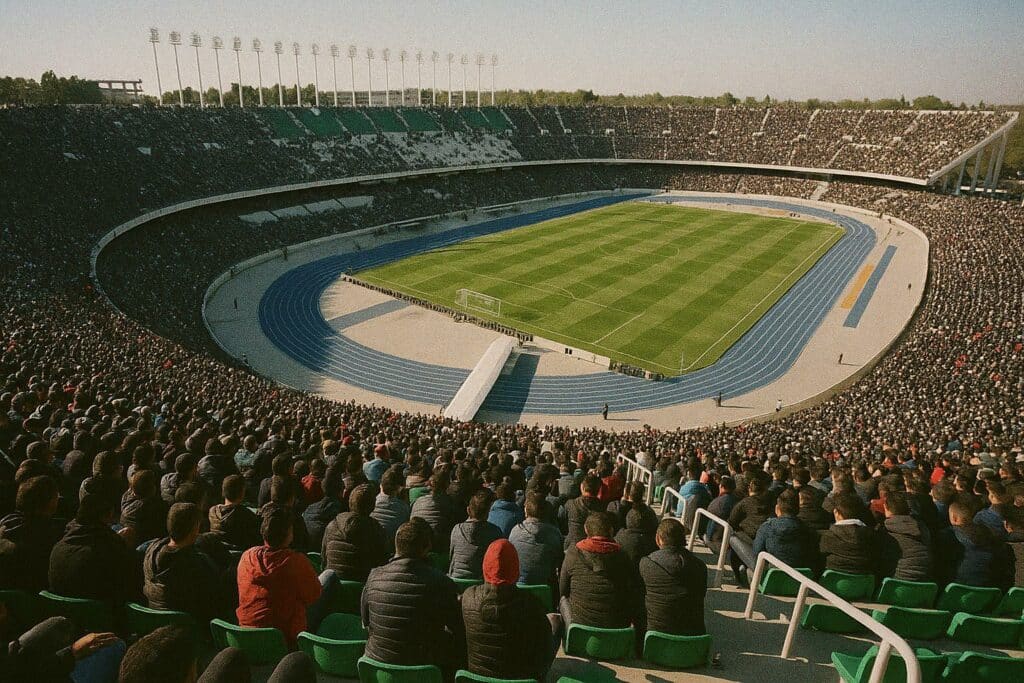A Day of Celebration Turns to Catastrophe
What began as a jubilant occasion for MC Alger’s fans quickly descended into tragedy at the 5-July Stadium in Algiers. The joyous atmosphere soured as a barrier failure triggered a calamitous fall, resulting in the deaths of three attendees and injuring over 80 others. This catastrophic incident has not only cast a shadow over the club’s triumph but has also underscored critical safety deficiencies in one of the nation’s most emblematic sports venues.
Immediate Governmental Reaction
As news of the calamity emerged, Algerian President Abdelmadjid Tebboune voiced his condolences via social media, while the government dispatched a ministerial delegation to supervise the healthcare response. Health Minister Abdelhak Saihi, accompanied by Youth and Communication Ministers, personally reviewed the situation at Algiers’ hospitals, where medical teams worked relentlessly to tend to the injured.
Healthcare Mobilization: A Test of Readiness
The Algerian healthcare system faced a significant test, quickly organizing a coordinated response to manage the crisis. Facilities in Beni Messous, Ben Aknoun, and Bab El Oued reported receiving 81 victims. While most were treated and discharged, 11 remain under supervision. Minister Saihi lauded the swift action of healthcare and emergency personnel, affirming the importance of maintaining high vigilance to prevent future tragedies.
A Broader Perspective on Stadium Safety
This incident mirrors other tragic events across Africa reflecting longstanding issues in stadium safety protocols. Notably, in January 2022, a stampede in Yaoundé during the Africa Cup of Nations resulted in eight deaths, highlighting systemic challenges in crowd management. Similarly, the 2001 Accra sports disaster remains a somber reminder of the high stakes involved in large-scale sports administration. These events collectively signal an urgent call for reinforced safety measures in sports arenas both regionally and globally.

